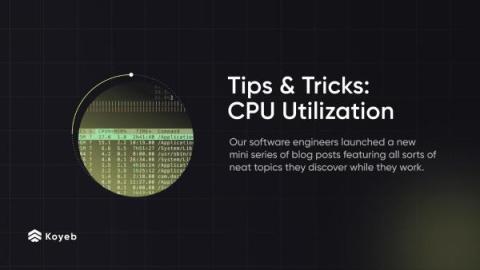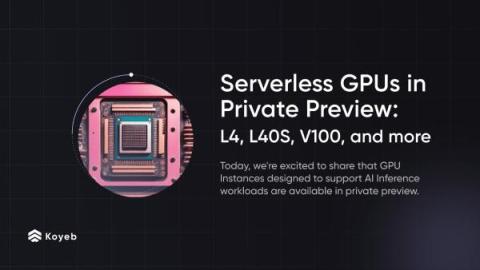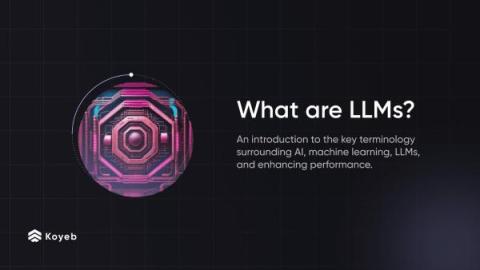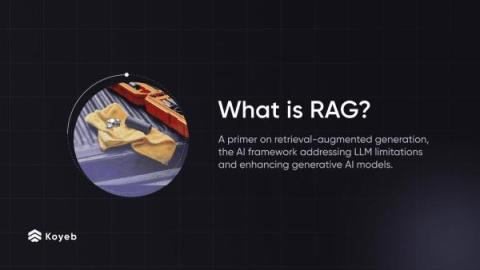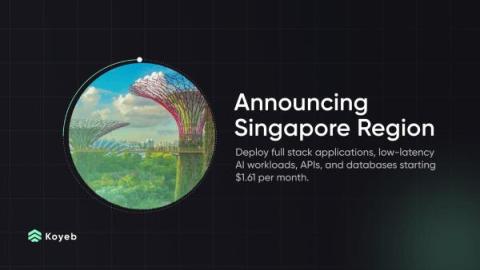A Software Engineer's Tips and Tricks #4: Collaborating on Visual Studio Code with Live Share
Hey there! We're back for our third edition of Tips and Tricks, our new mini series where we share some helpful insights and cool tech that we've stumbled upon while working on technical stuff. Catch up on the previous posts: All of our posts are super short reads, just a couple of minutes tops. If you don’t like one of the posts, no problem! Just skip it and check out the next one. If you enjoy any of the topics, I encourage you to check out the "further reading" links.




